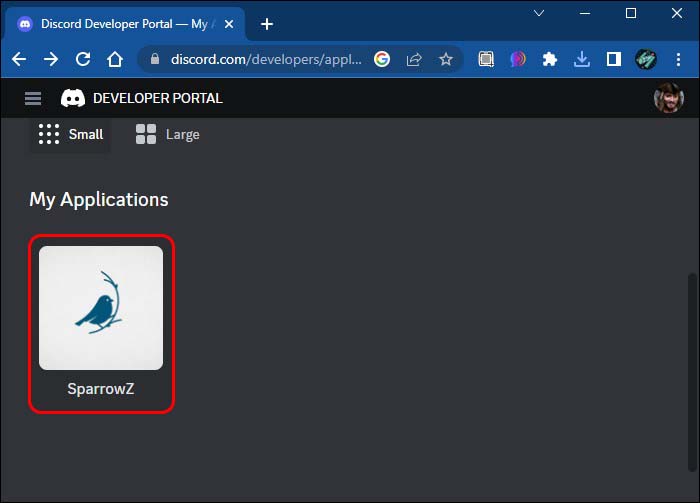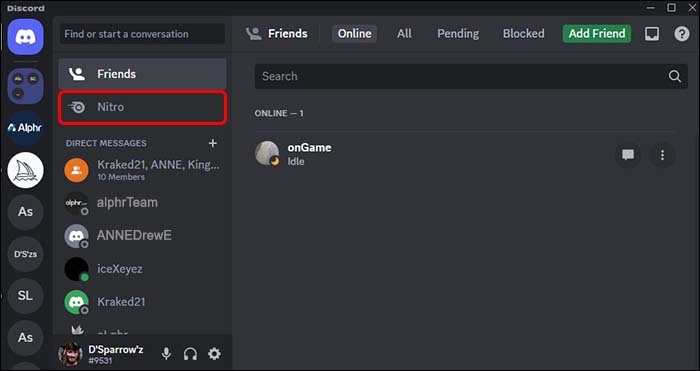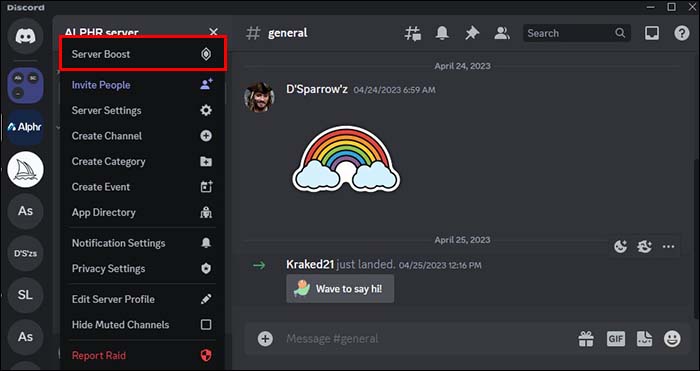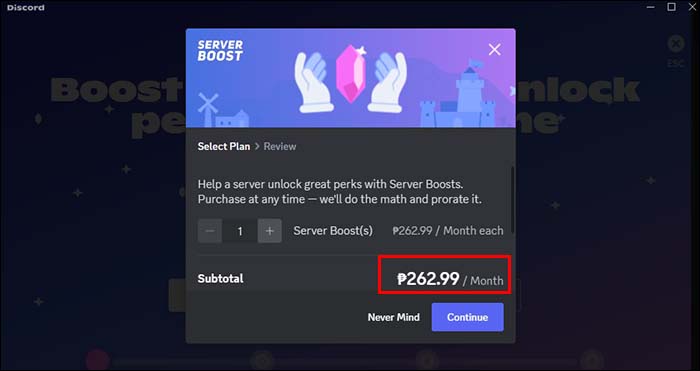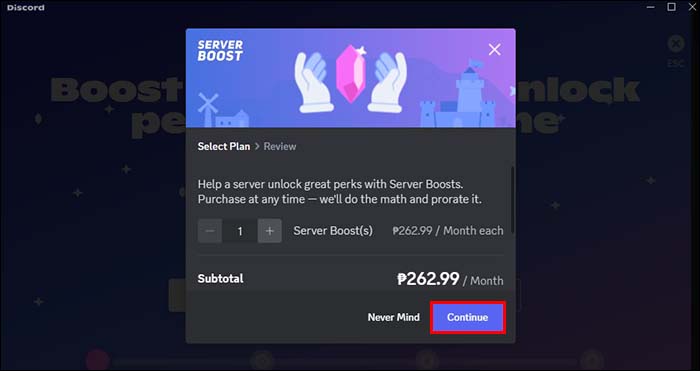The Active Developer badge is a sign of recognition for creators of apps that you can use on the Discord platform. Once you get the badge, it’ll appear next to your profile to signify your distinguished status. Other users will know to turn to you if they need tips from a developer or trusted creator. However, the badge awarding system for Discord may seem a bit confusing at times.
In this article, you’ll learn how to get and claim the Developer badge for your Discord profile.
How to Get the Developer Badge on Discord
If you’re a developer and want everyone to know that by looking at your profile, you must first ensure you’re eligible. Discord users meet the conditions if they have at least one verified or unverified active application. The platform only considers the app as “active” if you’ve used it through a command in the last 30 days.
As long as you meet the requirements above, you can go on to claim the badge itself. Here’s how to do so:
- Open Google and enter “Discord Developer Portal” and then click on the “Applications” option from the main menu on the left side of your screen.
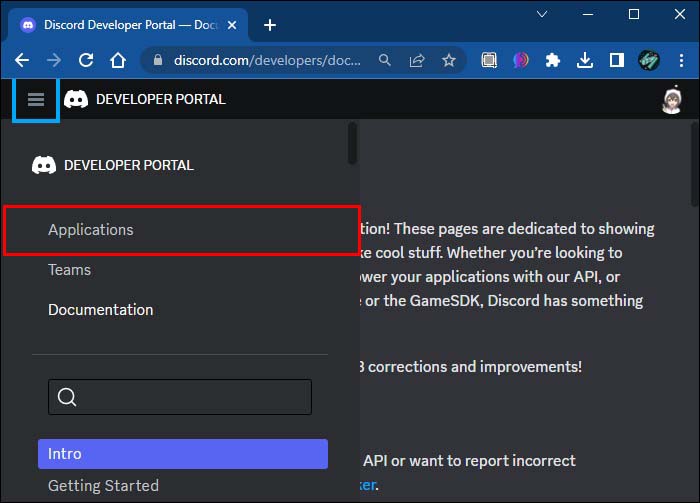
- Choose an active application that will appear from the dropdown menu. Make sure to find one that you’ve used in the last 30 days to be eligible.

- Discord will prompt you to choose from one in the menu labeled server selection once you choose your application and designate a server. Click on a server to assign the news channel for developers, and then refresh your profile.
Once you return to your Discord profile, you should see the Active Developer badge below your profile picture. Ensure that the server you have designated is set as a community server and that you have admin access to it.
How to Create an App for Your Discord Server
Perhaps you want the Active Developer badge but don’t quite meet the condition of being an owner of an application on the platform. Here’s how to set up and create an app for a Discord server.
- Go to the developer portal and then select the “New Application” option.

- A window will open asking you to name your application. After naming it, select the “Create” option.

- Make any changes to your app – such as the avatar, description, or name – and then save them once you’re done.

- Navigate to the application button in the left menu, select “Add Bot,” and confirm it.
After you create your application, a window giving you your bot token will appear. You can choose to reset it if you’d like. However, don’t share the token with anyone, as it acts as a password for your app. If somebody else gets hold of it, they can use your application. It’s also worth noting that the actual coding process of making new apps will require you to write and develop it yourself.
How to Get the Discord Nitro Badge
If you want some other badges and the perks that go alongside them, the Nitro badge is perhaps one of the easiest to obtain. It only requires you to have and use Discord Nitro for your account.
Nitro is not free, and you’ll need to choose a payment plan to upgrade your account. However, next to the Nitro badge, many perks accompany subscribing to the service. It allows users to have higher uploads, use custom emojis, perform server boosts, and have more access to activities.
Here’s how to do it:
- Open your Discord app or browser and select the Discord logo at the upper left corner of the interface.

- A small menu should appear at the top under “Friends.” Select the Nitro option.

- Discord will prompt you to select “Subscribe.” You can then choose a yearly or monthly plan.

How to Get the Server Booster Badge on Discord
If you’re set on being a badge collector on Discord, the Server Booster badge would be a valuable addition to your profile. Suppose you have a server with a thriving community. In that case, boosting it will help you get better streaming and audio quality.
Here’s how you can get the Server Booster badge on your Discord Profile:
- Select the community server you want to improve from the server icons on the left-hand side of the Discord interface.

- Select the server name from the upper left pane and then click or tap on “Server Boost.”

- Select how many boosts you want to give the server, and then select the “Boost this Server” option. The more boosts you add to the server, the more features and upgrades you’ll unlock.

- Discord will prompt you to a window indicating a fee for boosting the server.

- If you want to confirm the boosting, select “Continue.”

Once you boost your server, Discord will grant it unique features and give you the Server Booster badge.
FAQs
Why is my badge not appearing despite my claiming it?
Once Discord notifies you that you’ve claimed your badge, you can refresh your screen using the browser version. Alternatively, you can exit and reenter the app, and the badge will appear underneath your profile picture.
Can I remove the developer badge from my profile?
You can remove your badge through the developer portal by selecting the “Remove Badge” option.
What other badges does Discord have?
Discord has other badges, such as the Hype Squad House badge, the Hype Squad Events badge, the Certified Moderator badge, the Bug Hunter badge, and the Early Supporter badge.
Do all badges come with perks?
Some badges come with perks, features, and special benefits while others simply serve to decorate your profile, such as the Early Supporter badge.
How can I get the Early Supporter badge?
Unfortunately, Early Supporter badges were given out at a time when the Discord platform was just starting and hadn’t yet gained widespread use. For this reason, it’s impossible to get this badge anymore.
Getting Badges on Discord
Discord badges are a fun way to gain perks and features while improving your experience on the platform. If you’re a developer using Discord, claiming the Active Developer badge will likely be easy. All you need is an app running in the last 30 days, and you can claim it on the developer portal. Other badges come with even less effort and allow your profile to stand out.
Was it easy to get the Active Developer badge on Discord? How many badges does your profile have? Let us know in the comment section below.
Disclaimer: Some pages on this site may include an affiliate link. This does not effect our editorial in any way.
